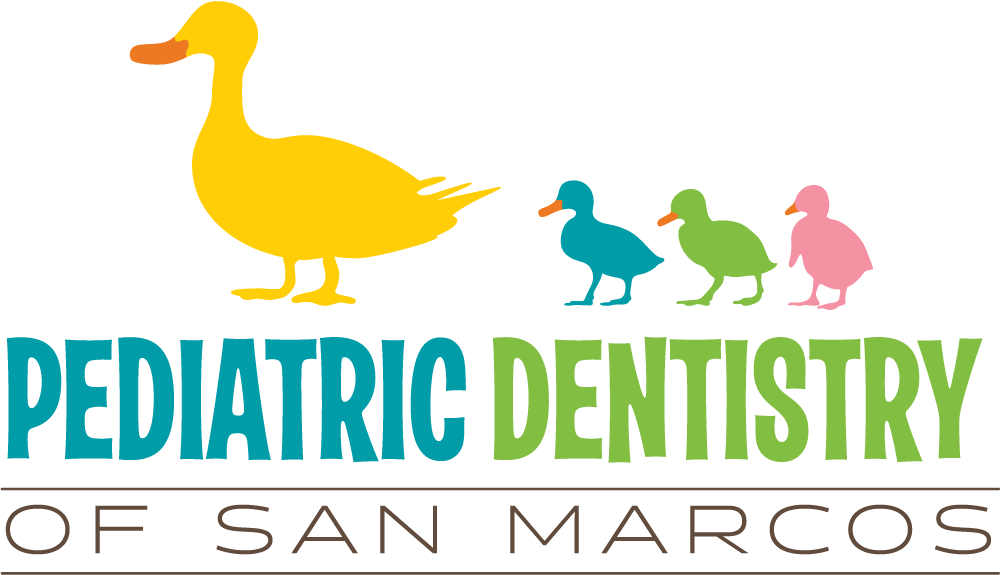Our Treatments
At Pediatric Dentistry of San Marcos, we understand that a child's response to the first dental visit can make a lasting impression. A positive experience helps children develop confidence when visiting a dentist and ensures they develop good oral hygiene habits for life. Dr. Nadia Bala and Dr. Greg Allen are pleased to offer a range of safe sedation dentistry options to help even the most anxious children relax while receiving outstanding dental care.
Sedation Dentistry
Sedation dentistry is a safe and effective way to help children relax and cooperate during dental procedures. It is especially beneficial for children with dental fear, high anxiety levels, a strong gag reflex, and special health care needs. It is also helpful for children requiring lengthy or complex treatments or those with past traumatic dental experiences.
Sedation dentistry can help children get the dental care they need without fear or discomfort, and it can create positive associations with future dental care
What Are the Types of Sedation?
At Pediatric Dentistry of San Marcos, we offer different pediatric sedation services depending on your child's needs.
Nitrous Oxide: Nitrous oxide, also known as laughing gas, is recognized by the American Academy of Pediatric Dentistry as a safe and effective sedation technique that allows slightly anxious children to relax during treatment. It involves breathing nitrous oxide mixed with oxygen through a small mask placed on the nose. Your child will stay awake and able to communicate throughout treatment. As soon as we remove the mask, the effects of the mild sedative wear off right away, allowing your child to resume normal daily activities.
Laughing gas can help reduce the gag reflex, relax the jaw muscles, and manage pain, making it a safe and effective option for pediatric dental procedures. It has been used in dentistry for over 150 years, with no reported allergies, allowing children to feel more comfortable and relaxed during treatment!
General Anesthesia: We may recommend general anesthesia if your child requires extensive dental work or cannot be still enough due to age or medical history to tolerate treatment. Your child will be asleep and will not remember any of the treatment. We consider dental treatments performed under general anesthesia minor dental surgeries, so we ask parents to remain in the waiting area. That helps our staff and doctors keep things as sterile as possible and focus only on your child, just like in a hospital setting.
We utilize the services of highly experienced board-certified anesthesiologists and take maximum precautions to ensure your child's safety. Your child’s anesthesiologist will contact you the night before treatment to discuss the pre-operative instructions, anesthetic plan, the benefits and risks, and any alternatives. We are always happy to answer your questions and address your concerns.
Is Sedation Dentistry Safe for Your Children?
Sedation dentistry is shown to be highly safe when administered by experienced dental professionals. Dr. Nadia Bala and Dr. Greg Allen are board-certified pediatric dentists who teach sedation dentistry techniques to new dentists training to become pediatric dental specialists at Rady Children's Hospital. With their extensive experience and expertise, you can trust that your child is in safe hands!
At Pediatric Dentistry of San Marcos, we carefully evaluate your child's medical history and unique needs. We also follow all safety protocols and monitor your child's vital signs throughout treatment. From laughing gas to oral sedation or general anesthesia, we never spare any effort to ensure your child is safe and relaxed while receiving outstanding dental care!
Pediatric Dental Sedation Near Me in San Marcos, California
If you'd like to learn more about our anxiety-free dental care, contact Pediatric Dentistry of San Marcos to schedule an appointment. Dr. Nadia Bala and Dr. Greg Allen are committed to ensuring our young patients are safe, comfortable, and relaxed during their time with us.
Looking for exceptional care from the best pediatric dentists in San Marcos? We invite you to call 760-798-2825 to schedule your child's appointment or complete our online appointment request form today!
We're Ready For Your Ducklings!
We are excited to care for little ones and be part of their journey to bright and healthy smiles. Follow the link to request an appointment that best fits your busy schedule. We can’t wait to meet you!



